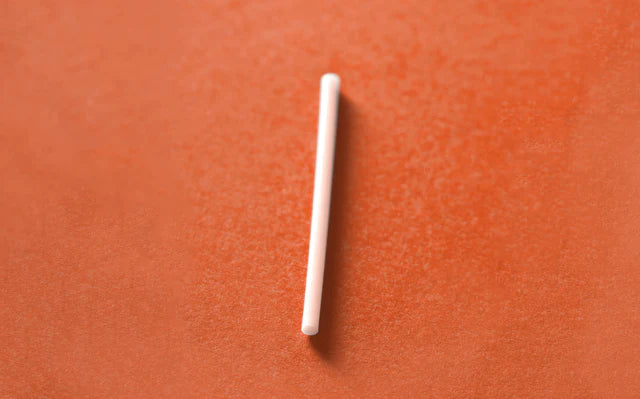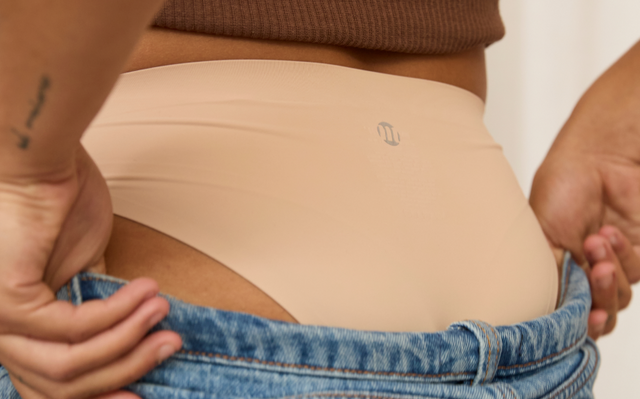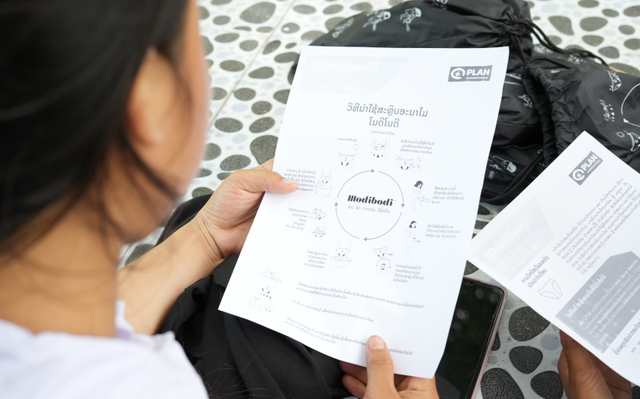Oh my rod: what to expect during and after Implanon® removal.
On the hunt for inexpensive and reliable contraception? Implanon® could be a great option for you – it offers safe, effective protection against pregnancy over several years, making it a popular choice for people of all reproductive ages.Whether you’re already part of the Implanon® crew or considering joining, we get it—you’re curious about the nitty-gritty of how it’s put in and taken out. Maybe it’s time for a replacement, and you’re looking for a quick recap before your appointment.
Whatever your question, this article has you covered. We’re sharing the who, what, why and when of Implanon® removal. Let’s get started.
What is Implanon®?
Implanon® is a flexible, matchstick-sized plastic rod that’s inserted just under the skin in your inner upper arm. It’s over 99.9% effective at preventing pregnancy and lasts up to 3 years, making it a reliable set-and-forget option.The implant works by slowly releasing the hormone progesterone into your bloodstream, which:
stops your ovaries from releasing an egg each month
thickens the fluid around your cervix to stop sperm from getting through
Changes to your menstrual cycle are an expected side effect of Implanon®. You might find you bleed less, and there’s a 1 in 5 chance your period will stop entirely.
It’s pretty normal to still be bleeding on Implanon® after one year. But if your periods are longer or more frequent than usual, it could be a good idea to check in with your doctor.
What is the Implanon® removal process?
Your implant will stop working after 3 years and you’ll need to have it removed. Alternatively, some people choose to remove the rod earlier due to side effects such bleeding, mood changes, or a desire to fall pregnant. Similarly to Mirena removal, Implanon® removal is simple and straightforward.“It can usually be done just at your normal GP office,” says women’s health and natural fertility practitioner Dr Andrea Huddleston. “Your doctor will use a small amount of local anaesthetic to numb the area first.”
Your doctor will then:
- Test the area to ensure you can’t feel any sharp sensations
- Make a small incision close to the elbow
- Push the other end of the rod until it comes out
- Insert a new Implanon® if you’re continuing to use one
Once the rod is out (or replaced), your doctor will close the cut using special adhesive strips or stitches.
“Often, they’ll also apply a bandage to help the incision close and prevent you from using the arm too much,” Dr Andrea adds. “To prevent bleeding, avoid lifting heavy things immediately following the procedure.”
A bit of mild discomfort, tenderness, and maybe a touch of bruising in the next week are all par for the course. Aim to keep your bandage on for a full day to help ease your healing. You might notice a little itchiness around the cut, but try your best not to give in to scratching or rubbing. As you heal, you might end up with a tiny, almost invisible scar as a souvenir.
What problems can occur with Implanon® removal?
Possible side effects of Implanon® removal include:- Irritation or pain
- Numbness and tingling
- Swelling
- Infection
- Injury to the nerves or blood vessels
- Allergic reaction
Very occasionally, implants can stray from where they should be,
“In these instances, they can be difficult to remove and need to be taken out by a specialist under a general anaesthetic,” Dr Andrea says. “But that is fairly rare.”
Is menstrual bleeding after Implanon® removal normal?
According to Dr Andrea, you shouldn’t get any menstrual bleeding immediately after Implanon® removal.“Often, it’ll take a little while for your periods to come back properly,” she says.
Your cycle should return to normal (whatever that looks like for you) within a few months.
“For people who are healthy and don’t have any sort of underlying hormonal condition like polycystic ovarian syndrome or some sort of amenorrhea, I’d want to see the return of ovulation and normal cycles within 1–3 months.”
If your period hasn’t returned after 3 months, chat to your doctor.
What will my first period after Implanon® removal look like?
As with all things menstruation, the first period after Implanon® removal varies from person to person.“I tell my patients that anything is possible, especially since they will usually have the implant in for about 3 years,” Dr Andrea says. “As a long-acting reversible contraception, it’s one type of contraception with the longest return to fertility, so it can take a bit longer for normal ovulatory cycles to return.”
Your period should begin once your hormones have adjusted and you’re ovulating again.
Factors that can influence when and how your first period after Implanon® removal arrives include:
What your periods were like before using Implanon®
- Nutrition
- Body weight
- Overall health
While your cycle should eventually go back to normal, the hormonal shift following Implanon® removal can lead to irregular periods and spotting in the first few months. You can help give your body the good hormonal building blocks needed to encourage ovulation and a stable menstrual cycle post-removal by maintaining good-for-you habits such as:
- Eating a healthy, well-balanced diet
- Exercising regularly (not too much, not too little)
- Keeping stress levels in check
Stress less with leak proof underwear
Whether you’re thinking about trying Implanon®, need to get yours replaced or want to switch to different contraception, knowing what the removal process involves can help ease any stress or uncertainty. You might also want to check out IUDs like the Mirena as an alternative contraception option if Implanon® isn’t for you.To manage unexpected bleeding that might come with Implanon® use and removal, why not nab a pair of leak proof Modibodi underwear? Our super-comfy briefs feature innovative technology to keep period blood locked away as you go about your day.
Keen to keep reading? Check out the Modibodi blog for more insights and conversations.








